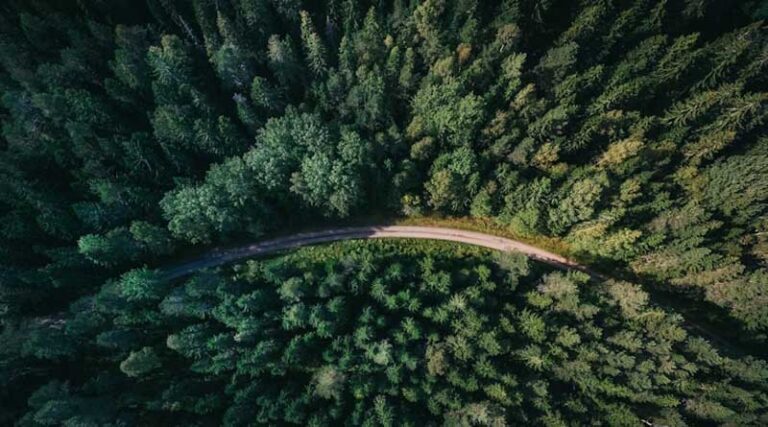
Global Forest Cover at 4.14 Billion Hectares as Deforestation Slows, Finds FAO’s FRA 2025 Report
23 October 2025, Rome: Global deforestation rates have slowed over the past decade, but forests remain under significant environmental pressure, according to the Global Forest Resources Assessment 2025 (FRA 2025) released by the Food and Agriculture Organization of the United Nations (FAO).
Presented during the Global Forest Observations Initiative (GFOI) Plenary in Bali, Indonesia, the report provides comprehensive data from 236 countries and areas, highlighting both progress and continuing challenges in global forest management.
The 2025 assessment reveals that forests now cover 4.14 billion hectares, accounting for 32 percent of the Earth’s land area—about 0.5 hectares per person. Nearly half of these forests are in tropical regions.
Key Trends: Slowing Loss but Continuing Challenges
FAO data shows a steady decline in global forest loss:
- Net forest loss has fallen from 10.7 million hectares annually in the 1990s to 4.12 million hectares between 2015 and 2025.
- Deforestation slowed from 17.6 million hectares per year (1990–2000) to 10.9 million hectares (2015–2025).
- However, the overall area of naturally regenerating forests continues to shrink, particularly in Africa and South America, though Europe has seen growth in forest cover.
Primary forests—those undisturbed by human activity—now span 1.18 billion hectares, roughly one-third of all forested land. Their rate of loss has halved since the early 2000s.
Planted forests cover 312 million hectares, making up 8 percent of total forest area, and have expanded in all regions since 1990, though at a slower rate in recent years.
Forest Carbon and Protection Gains
Global forest carbon stocks have increased to 714 gigatonnes, with the total forest growing stock estimated at 630 billion cubic metres.
Protected forests now account for 20 percent of total forest area—813 million hectares—an increase of 251 million hectares since 1990. Meanwhile, more than half of the world’s forests (2.13 billion hectares) are now under long-term management plans, up by 365 million hectares over the past three decades.
Persistent Pressures and Disturbances
Despite the encouraging trends, forests remain under strain. Fires affect around 261 million hectares of land each year, nearly half of which is forested. In 2020 alone, insects, diseases, and extreme weather damaged 41 million hectares, mainly in temperate and boreal zones.
The FRA 2025 also highlights ownership patterns: 71 percent of global forests are publicly owned, 24 percent privately owned, and the rest under other or unknown ownership.
A Global Collaborative Effort
The FRA 2025 is based on contributions from 197 national correspondents and over 700 experts worldwide. The data supports monitoring of major global commitments such as the 2030 Agenda for Sustainable Development, the Paris Agreement, the Kunming–Montreal Global Biodiversity Framework, and the UN Strategic Plan for Forests 2017–2030.
FAO Director-General QU Dongyu emphasized in the report’s foreword that the FRA series remains the most comprehensive global evaluation of forest resources and their management. He noted that the findings are vital for shaping future policy decisions, investment strategies, and conservation planning.
Also Read: The Quiet Power of Biostimulants: Missing Link in Regenerative Agriculture
📢 If You’re in Agriculture, Make Sure the Right People Hear Your Story.
From product launches to strategic announcements, Global Agriculture offers unmatched visibility across international agri-business markets. Connect with us at pr@global-agriculture.com to explore editorial and advertising opportunities that reach the right audience, worldwide.






